Disclosure: Meeple Mountain received a free copy of this product in exchange for an honest, unbiased review. This review is not intended to be an endorsement.
When a game wins a major tabletop award before you review it, you don’t really have much ground to stand on.
The world already agrees that Dorfromantik: The Board Game (2022, Pegasus Spiele) is at least a very good game, because it won the prestigious Spiel des Jahres over the summer.
While there’s always commentary on the games that win this award (in part because there’s always a debate on the shifting sands around the weight of games in this category), time is usually kind to the winners. If you look at the list of winners since CATAN won in 1995, almost every single one is still being celebrated today. This year alone, I’ve been at game nights where we played Just One, Codenames, Pictures, Dominion, Hanabi, Azul, and Kingdomino. Many of these made repeat appearances.
Those are all amazing games. Dorfromantik: The Board Game is no different. That’s because it combines an incredibly simple teach and infinite replayability in a package that can be played solo, multiplayer, campaign-style, and/or as a high-score challenge.
I get it now. Dorfromantik is really good.
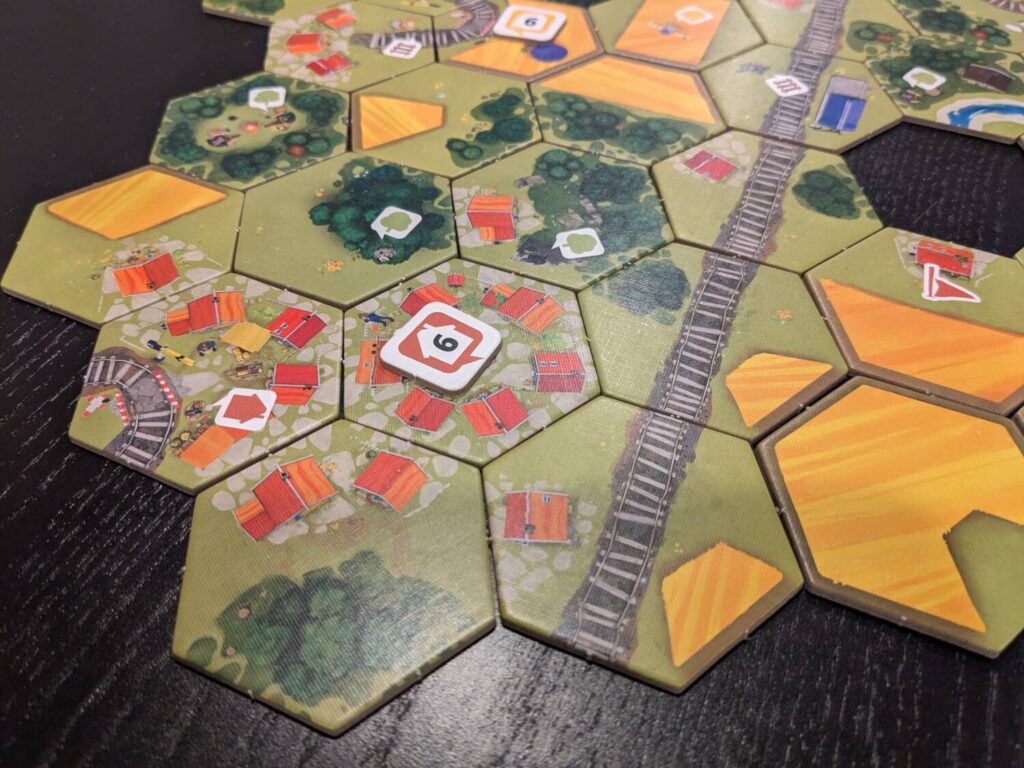
Spelling Error
Dorfromantik is a cooperative tile-laying game for 1-6 players, although given the ruleset, I decided to just play this solo.
A series of Task tiles are laid out on the table, face down. These Tasks drive the action of Dorfromantik by asking players to complete, well, tasks—lay five tiles with forest scenery adjacent to at least one edge of another tile featuring forest scenery, for example. To begin the game, three of those Task tiles are placed, adjacent to another Task tile on at least one edge. Then players can either place a Landscape tile, or place another Task tile if there are ever less than three Tasks currently in play.
The landscapes (all of which are shuffled and placed face-down in stacks during setup) come in five flavors: forests, grain, villages, tracks, and streams. Tracks and streams have more rules than the other three terrain types, in that they just can’t run into other terrain types without continuing as tracks or streams. (This becomes obvious when you see the game on the table; who would construct an area where a stream just dead-ends in a village?)
So, turns are simple. Place a tile, try to complete a Task, place more tiles. Each time I sat down to play Dorfromantik, I was slowly entranced by the way action plays out. It’s a peaceful puzzle, one that allows for clever play by setting up not only your current Tasks, but your future ones too. In the base game, you have 25 total Task tiles, and five of each of the five terrain types. I regularly found myself flipping tiles and setting up a future where I could knock out a five-tile grain Task, for example, by creating a small section of three or four grain tiles that created a contiguous grain section.
The game ends when you run out of landscape tiles and need to place one. Scores are tallied, with the majority of your score in the base game tied to the total value of the tasks completed. If you wanted to just play a single game, that’s that. You “win” every time you play Dorfromantik, but you’re encouraged to play a campaign, and that’s where Dorfromantik really shines: unlockables, and additional ways to give life to extended plays.

It’s the Unlocks, Stupid
Dorfromantik is a pleasant time at the table, to use a word my colleague Andrew Lynch employs from time to time. I wasn’t wowed by the initial experience, but I admit that it was pleasant to sit at my kitchen table with a glass of wine and listen to classical music in the background.
But if you play Dorfromantik as a campaign game, you add up your scores and log them on a campaign sheet. As you slowly work your way up the cumulative scoring track, you’ll unlock up to five small boxes’ worth of extras. This extra stuff provides a number of different ways to play, challenges to achieve, scoring boosts, and other odds and ends.
In this way, Dorfromantik is like many of the “roguelite” video games I play on my Xbox. You play for 15-20 minutes, die a horrible death (only in those video games…you don’t die in Dorfromantik!!), unlock a new skin / power / weapon that grants different playstyles for the next run. And that’s how designers Michael Palm and Lukas Zach get their hooks into you with Dorfromantik.
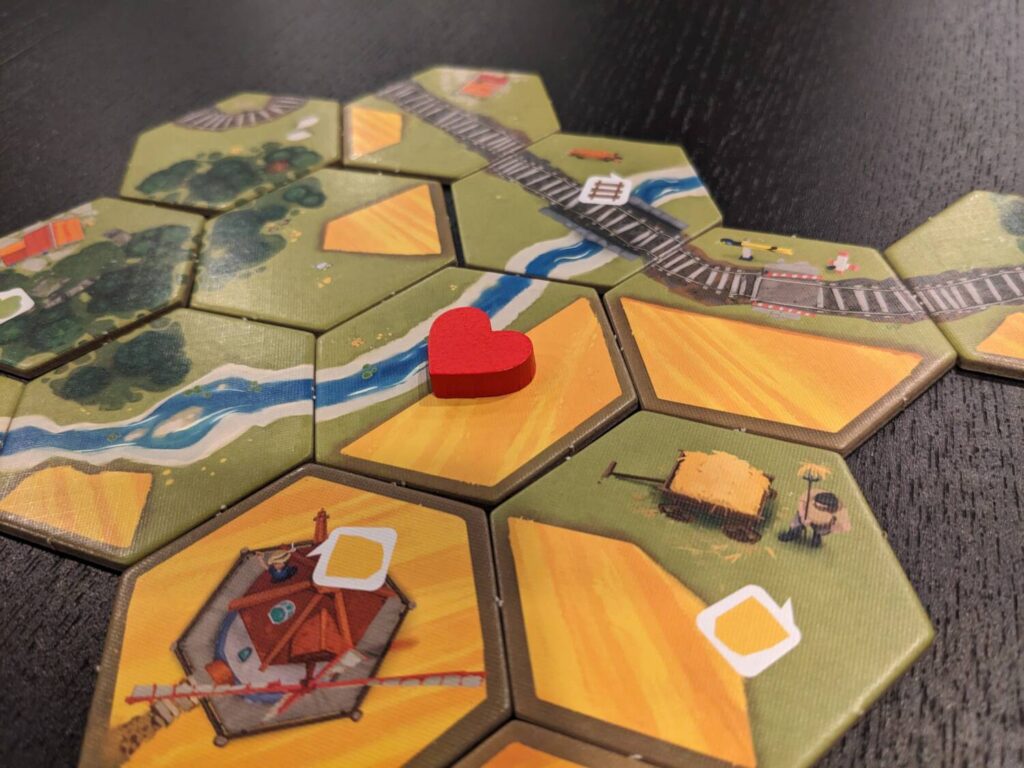
During the campaign, you unlock another piece of content every game or two. And you want to get to the end of that campaign sheet, so you think “let me just play one more round tonight” and that turns into another round.
Or four.
Dorfromantik achieves something that not many board games do—create a real hook to play the game over and over again, right away. You can always get a little better each time you play. Dorfromantik’s games have usually played out in about 20-25 minutes as a solo game, a little longer if I am deliberate in my approach. At least in the first playthrough, there’s always another small piece of content that required my attention or needed an unlock. Or there’s a challenge that can be completed if I just work a little harder.
You get the idea. I don’t expect to come back to Dorfromantik now that I’ve finished up my review plays, mainly because high-score challenges aren’t my cup of tea. But even as a non-believer, the design here is excellent and the system creates such a great reason to keep coming back.
Well played, Dorfromantik. Now I might have to check out the video game to see what I’ve been missing!




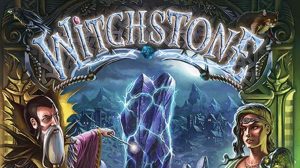

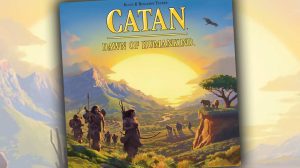
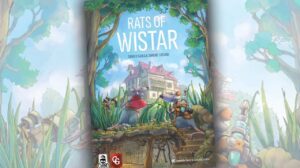




I have never played the video game. But I have not experienced four reviews of this game (yours being the most enjoyable). I have to say, this might just be in my wheelhouse and my wife’s cup-o-tea. She loves cooperative games, and if I am reading this right, if the two of us play, we will be cooperating in our efforts to maximize our score.
Everything about this reaches out to me, most importantly the campaign neo-legacy elements. My wife does not mind such things, but she does not seek them out. Me? I can’t get enough of that stuff. We completed My City, for example, and I have my new copy of My Island waiting for us out in the living room. 🙂
Thanks again for a wonderful review.